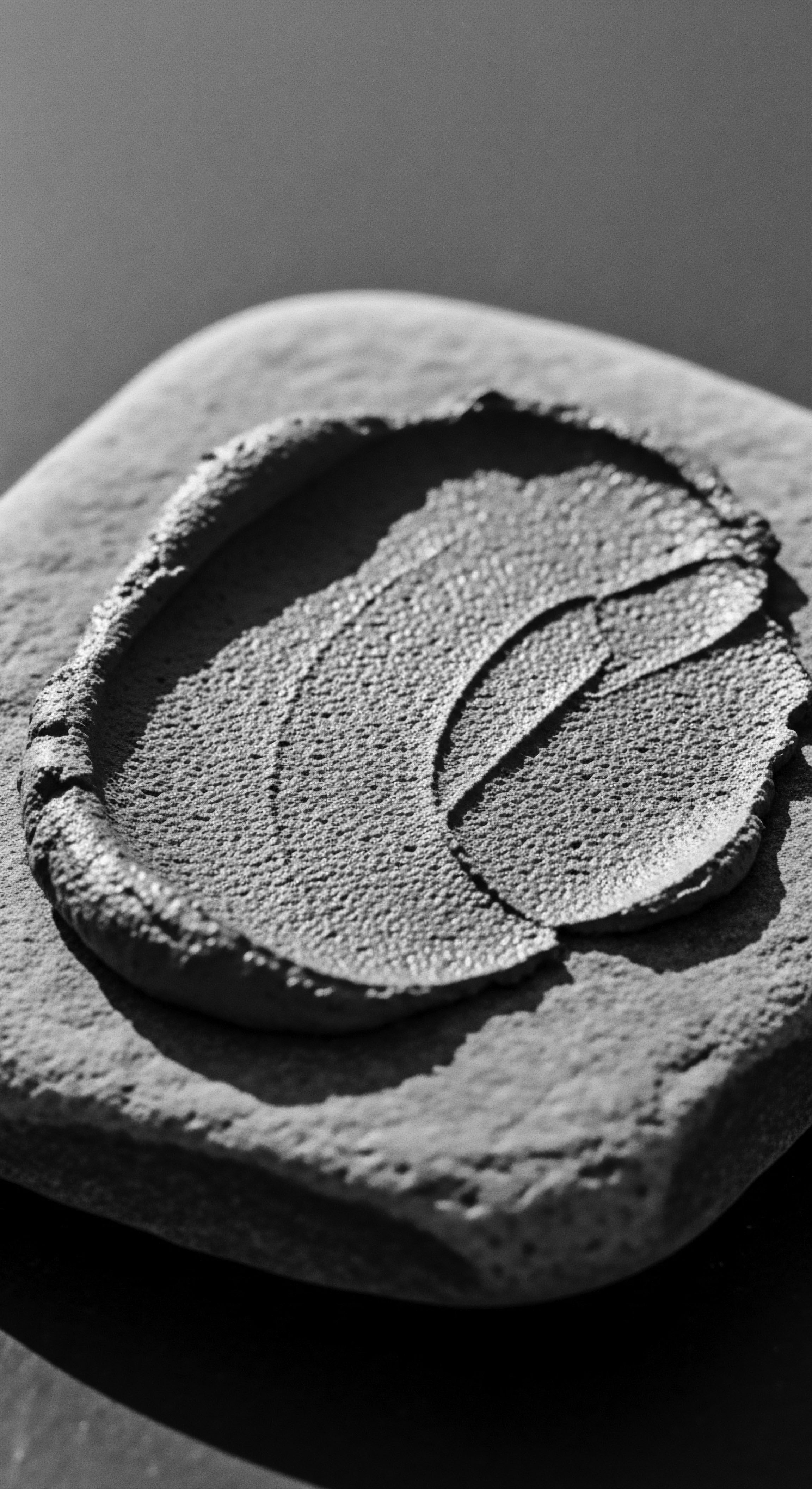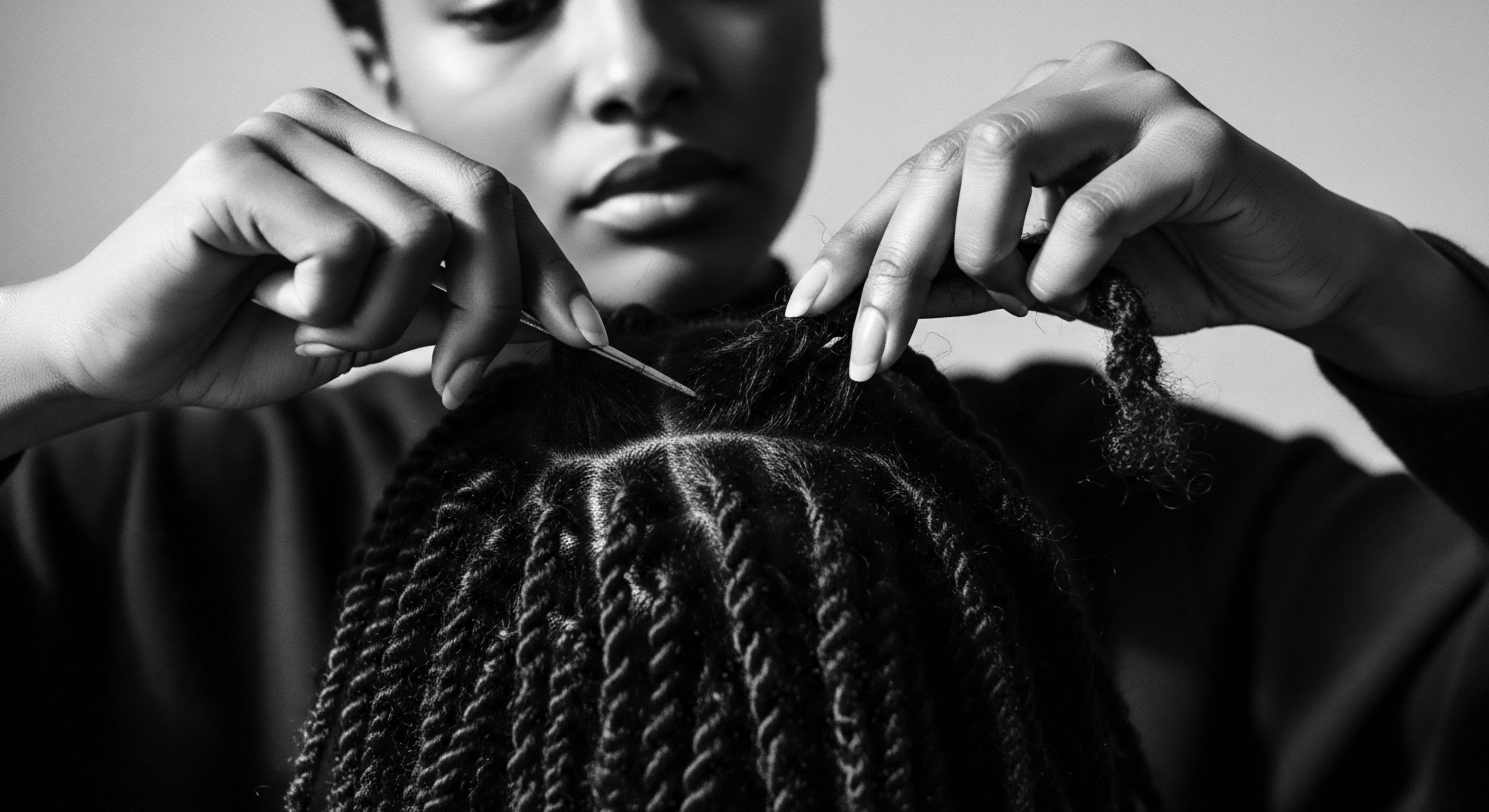
What ancestral hair care practices influenced modern protective styling?
Ancestral hair care practices influenced modern protective styling by emphasizing hair's physical preservation and its profound role in cultural expression and resistance within textured hair heritage.

What is the scientific basis for protective styling in heritage practices?
Protective styling in heritage practices offers scientific benefits for textured hair, shielding vulnerable strands while honoring cultural ancestry.

How did ancestral wisdom shape textured hair rituals?
Ancestral wisdom shaped textured hair rituals through deep environmental attunement, natural resourcefulness, and profound cultural symbolism.
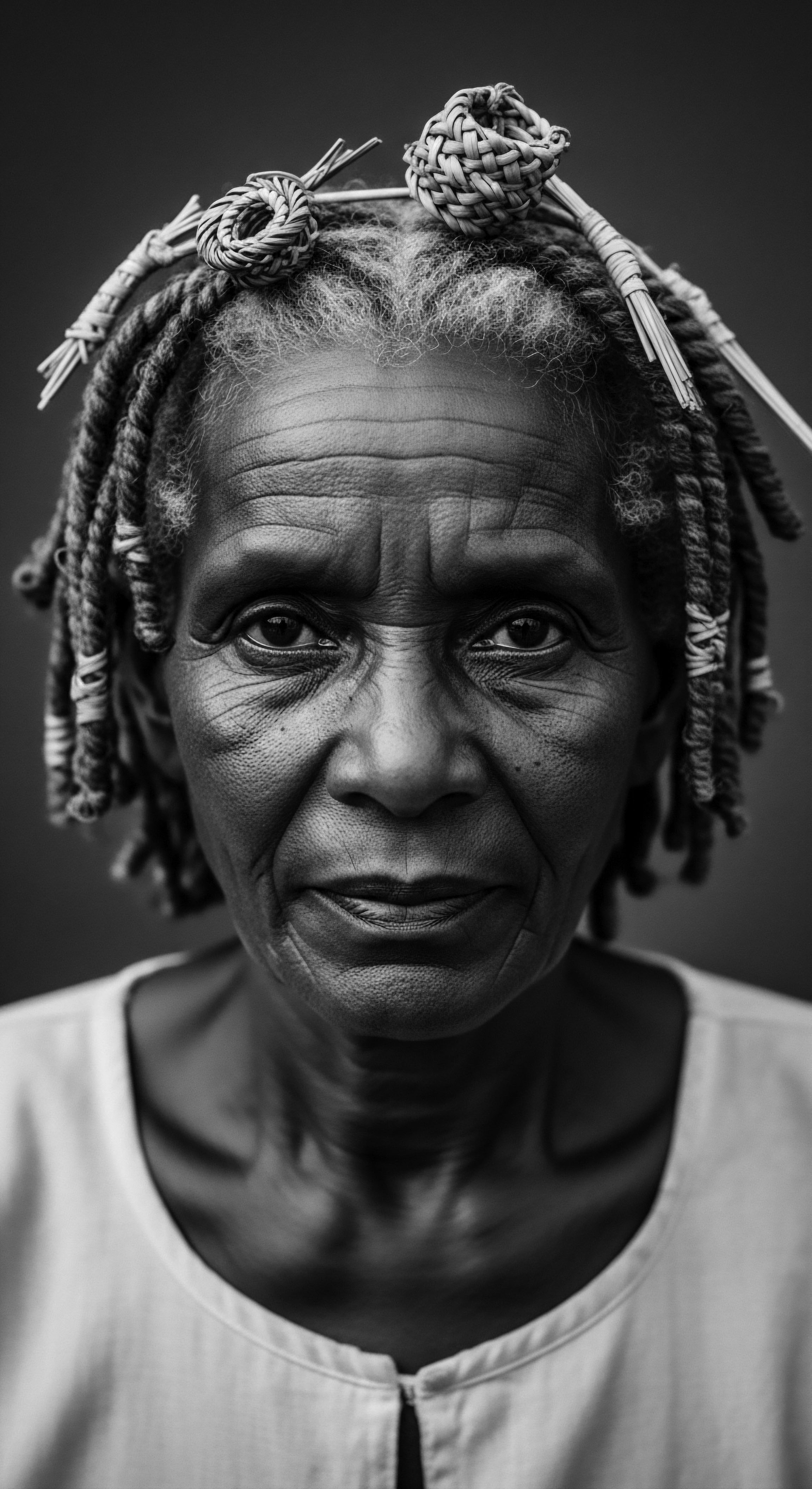
What ancestral practices influence modern textured hair wellness and identity?
Ancestral practices deeply influence modern textured hair wellness by providing foundational wisdom for care and connecting identity to a rich, enduring heritage.

What scientific principles affirm traditional hair oiling heritage?
Traditional hair oiling for textured hair is affirmed by scientific principles that enhance moisture, strength, and scalp health, echoing ancestral wisdom.

What scientific insights confirm ancient textured hair wisdom?
Scientific insights affirm ancient textured hair wisdom by revealing biological reasons behind ancestral care practices that protect and nourish hair.

What is the lineage of textured hair cultural practices?
Textured hair cultural practices represent a rich heritage of identity, resistance, and communal care originating in ancient African societies.

Potassium Carbonate
Meaning ❉ Potassium Carbonate is a foundational alkaline salt, historically derived from wood ash, crucial for ancient hair cleansing, texture modification, and cultural practices in textured hair heritage.
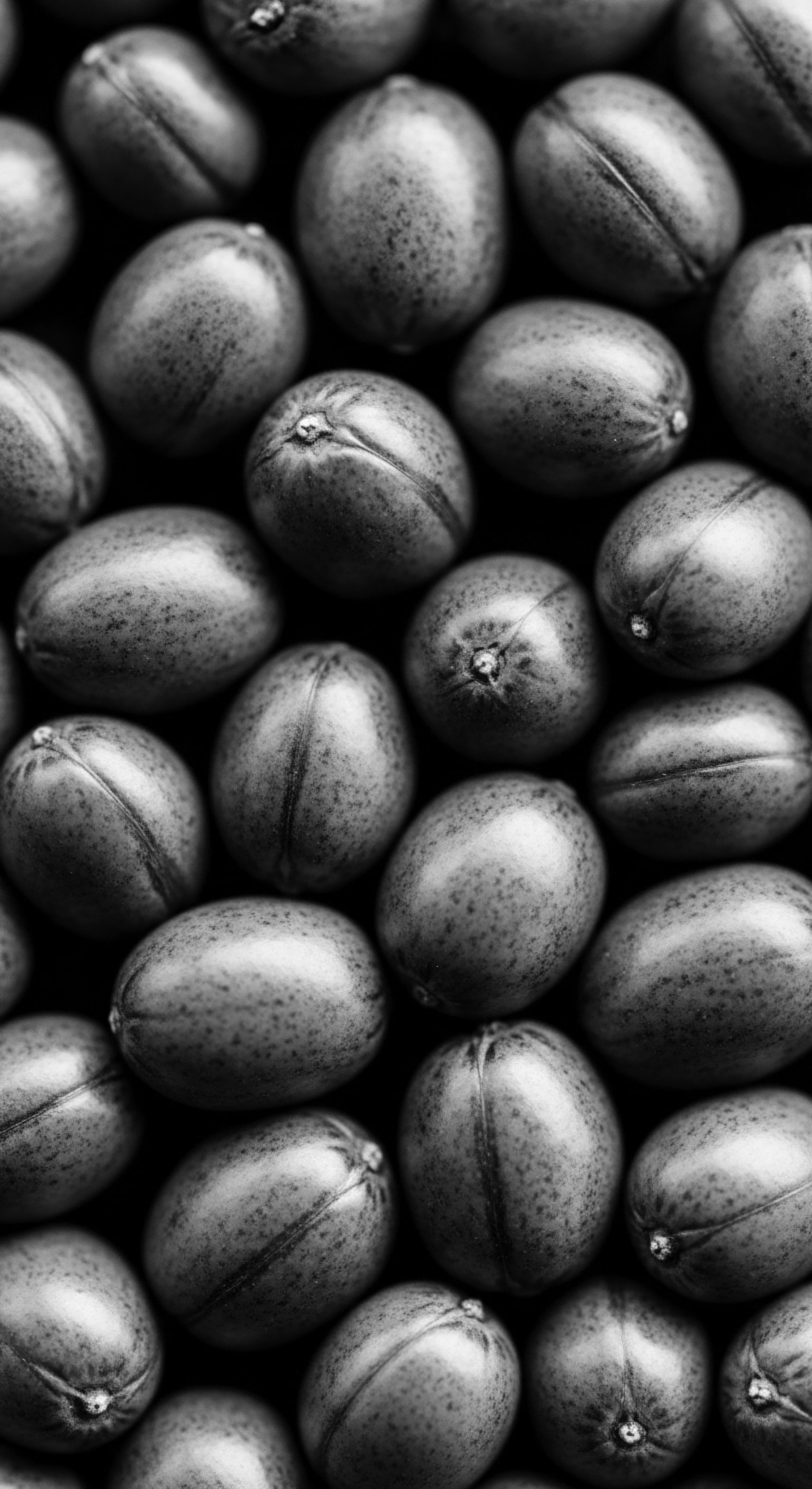
How did ancestral hair rituals support sun defense for textured strands?
Ancestral hair rituals for textured strands provided sun defense through physical barriers, protective styling, and nourishing plant-based elixirs, deeply rooted in heritage.
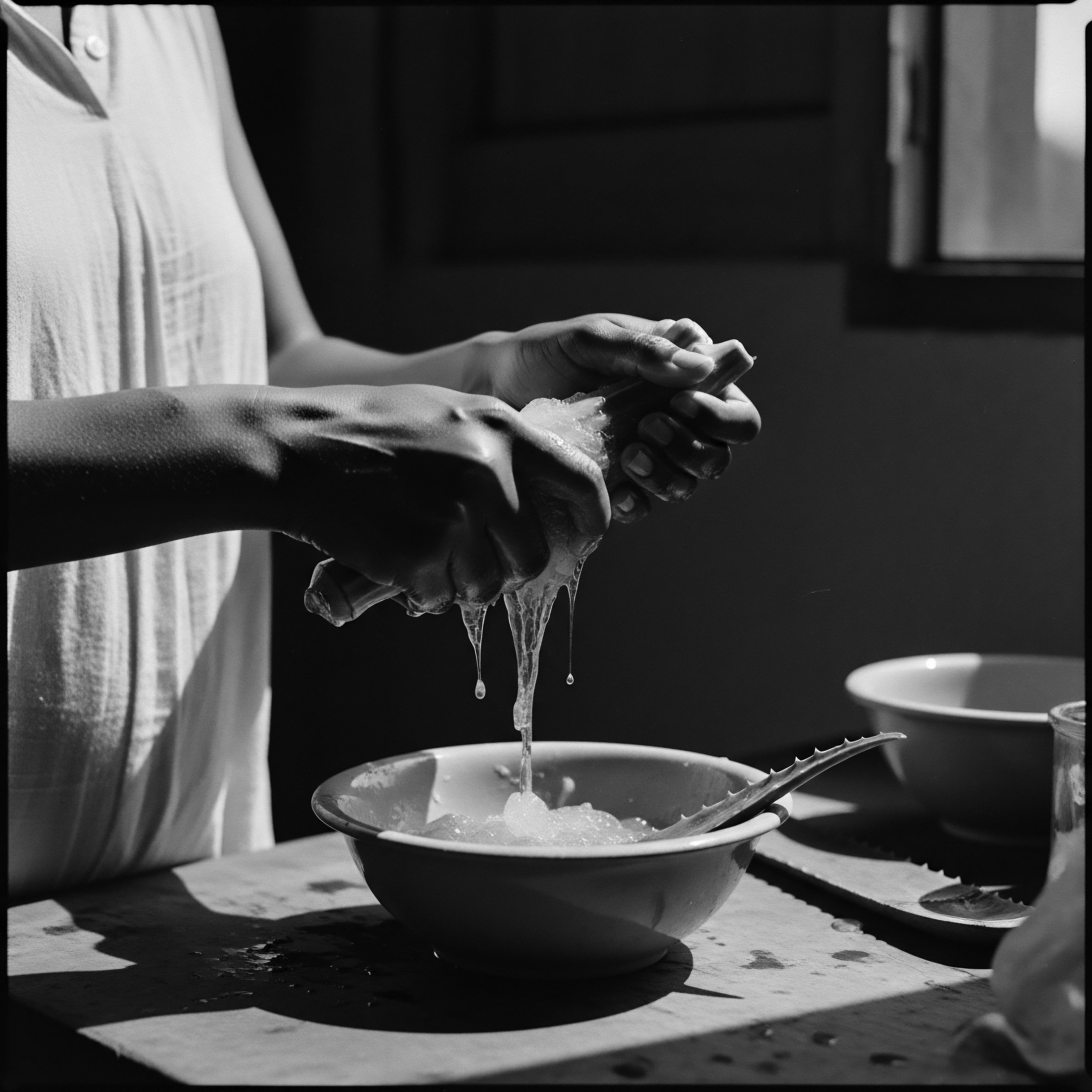
What historical practices protected textured hair during sleep?
Ancestral practices protected textured hair during sleep by minimizing friction and retaining moisture, profoundly rooted in heritage.
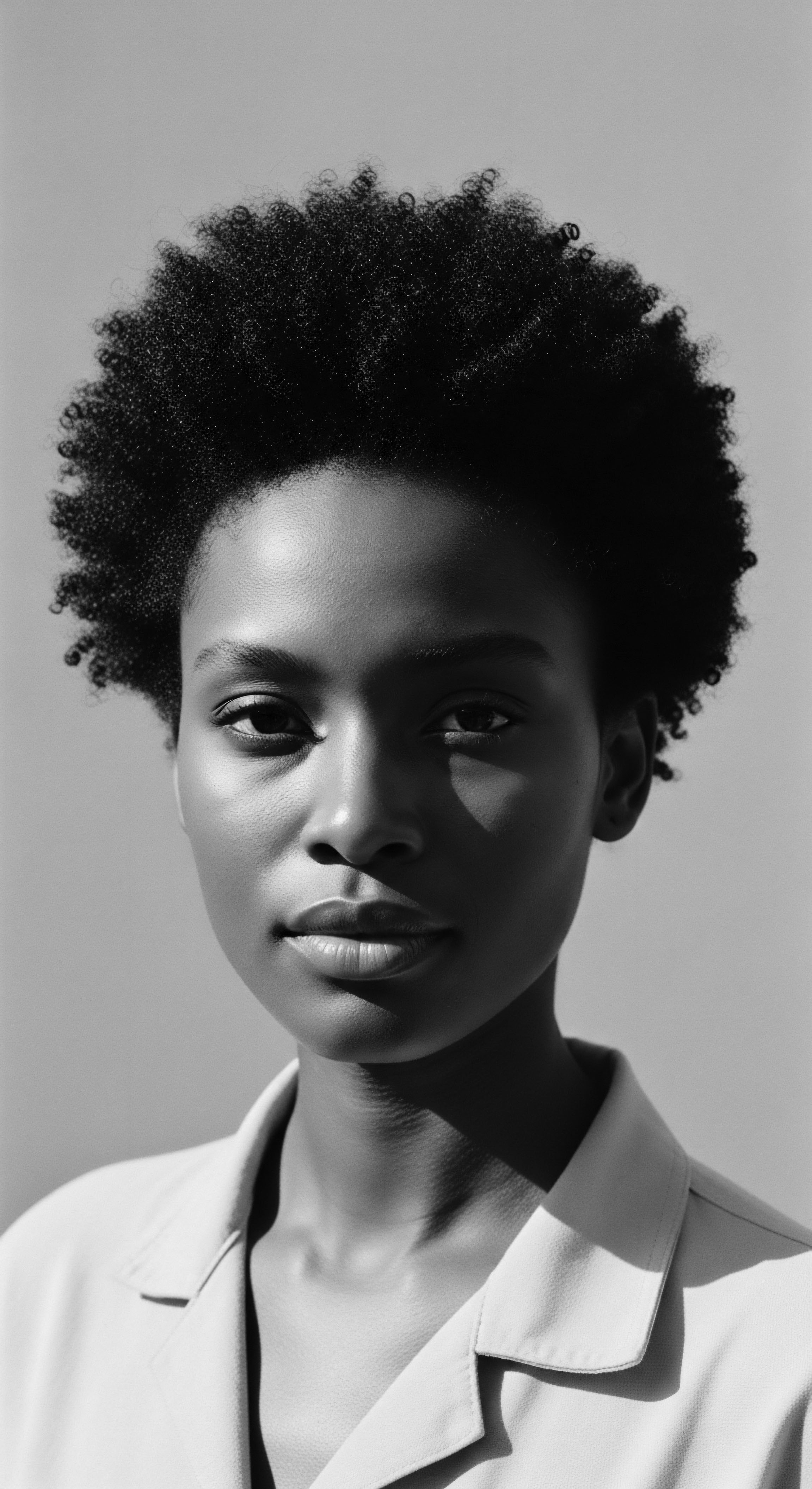
What enduring heritage is found in Earth-based hair treatments?
Earth-based hair treatments preserve an ancestral legacy of textured hair care, deeply connecting us to our heritage.
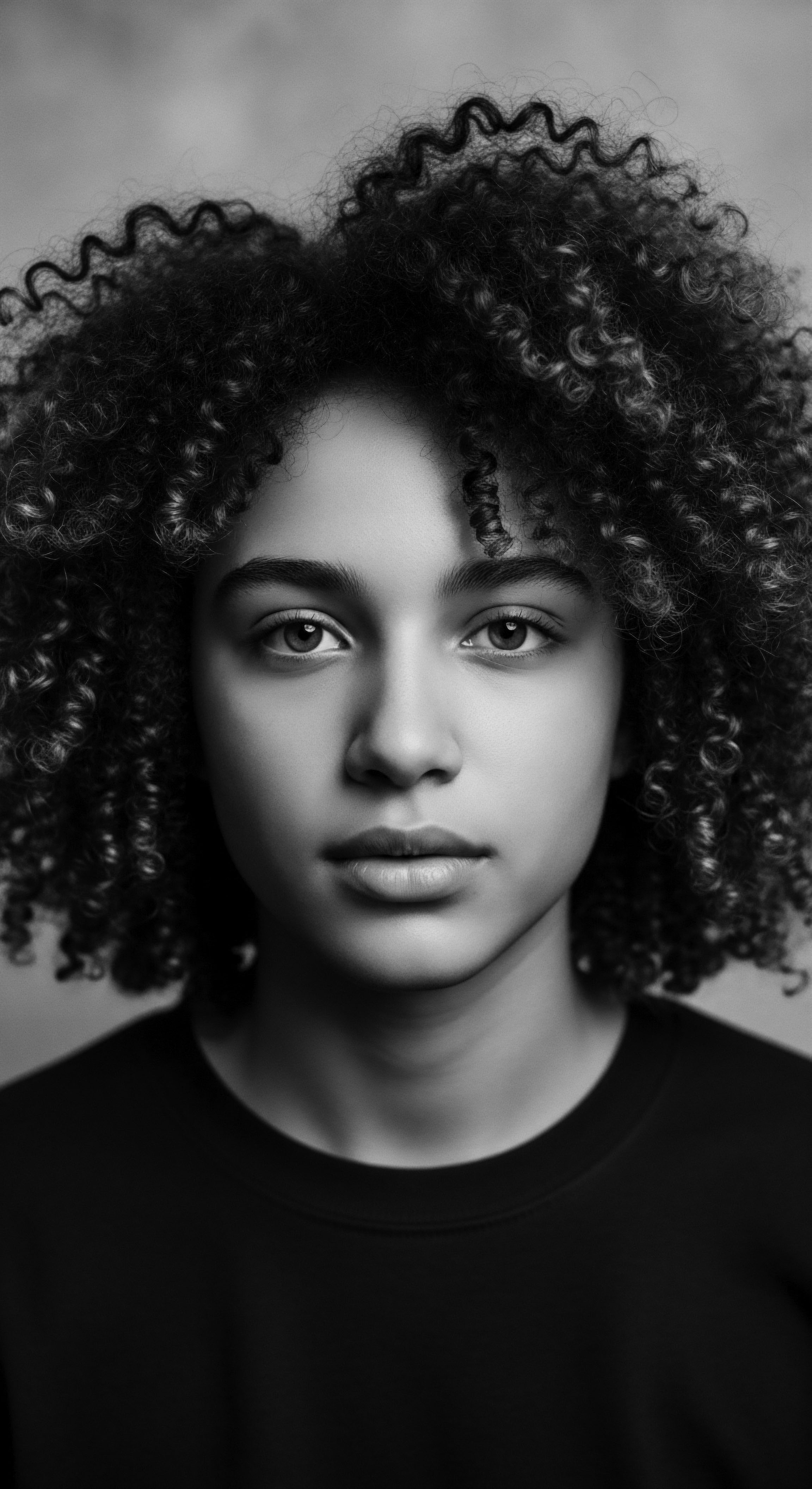
What is the ancestral basis of protective textured hair styling?
Protective textured hair styling draws deeply from ancestral practices across Africa and its diaspora, valuing hair health and identity.

How did ancestral practices use earth minerals for textured hair?
Ancestral practices harnessed earth minerals like clays and ochres to cleanse, protect, and adorn textured hair, deeply connecting care with heritage.
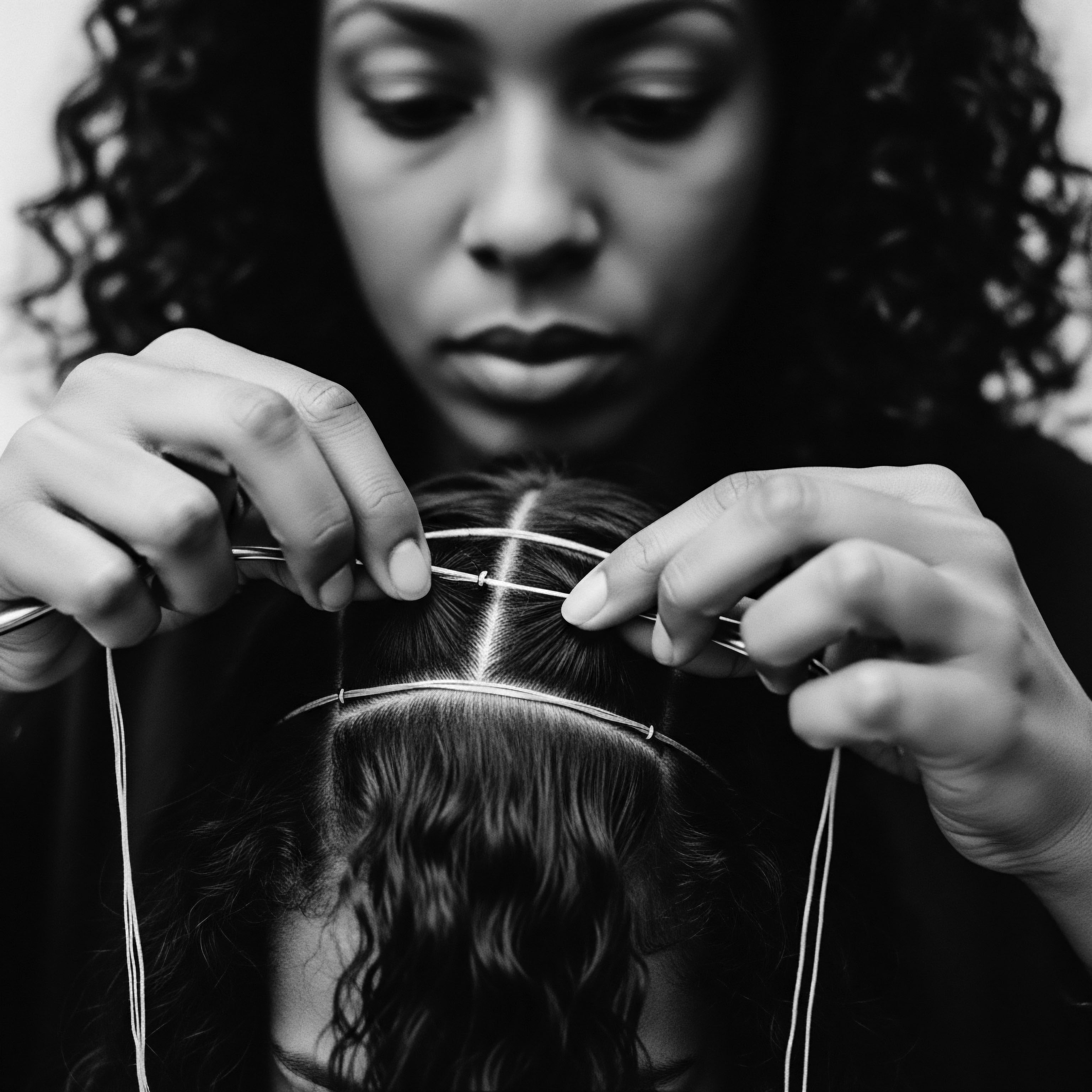
How did ancestral oiling rituals for textured hair influence modern care practices?
Ancestral oiling rituals for textured hair deeply influence modern care through inherited wisdom, protective techniques, and community practices, affirming a living heritage of nourishment.
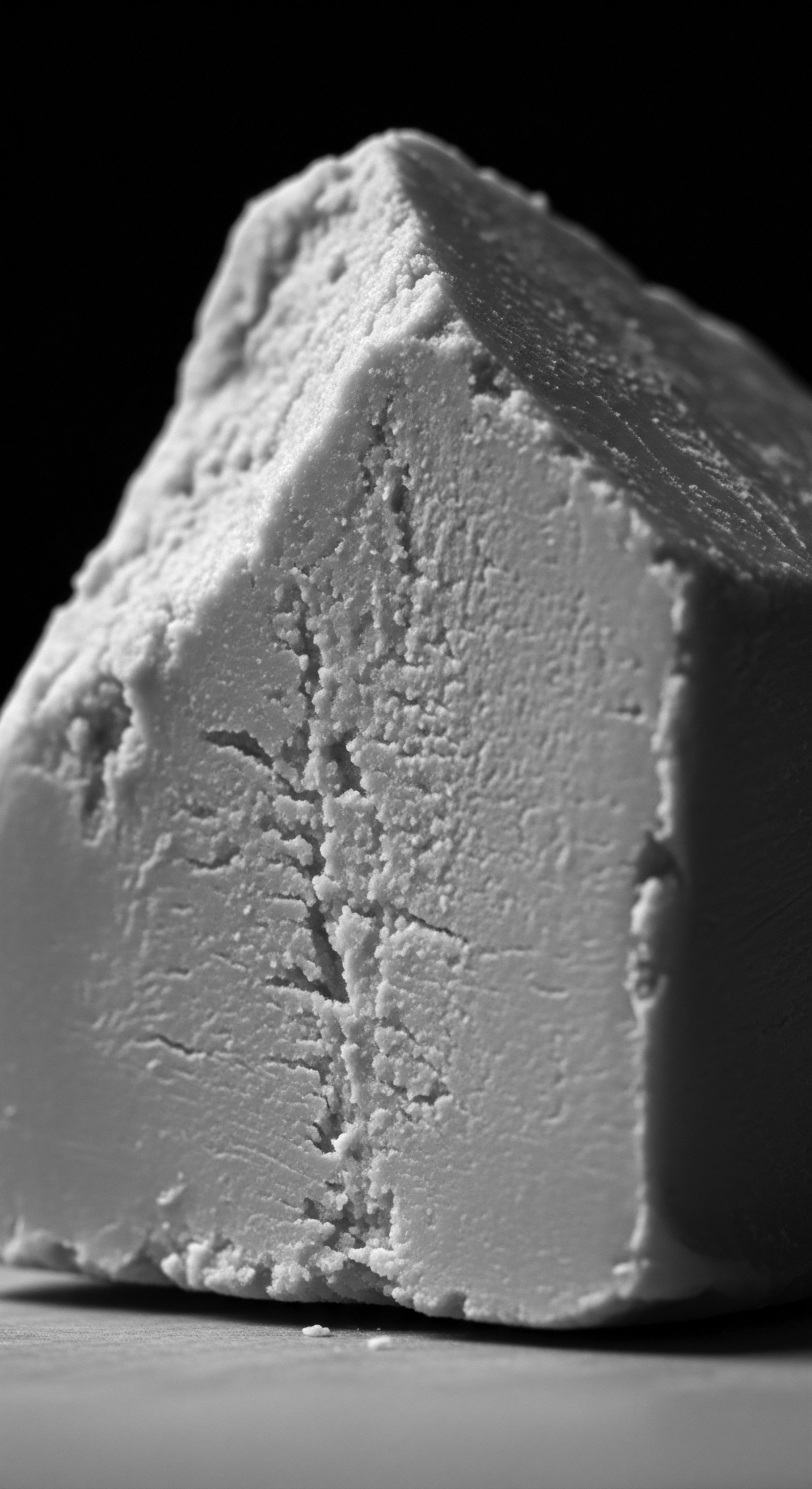
How did historical cultural practices shape textured hair routines?
Historical cultural practices rooted textured hair routines in communal wisdom and a profound understanding of its unique needs.
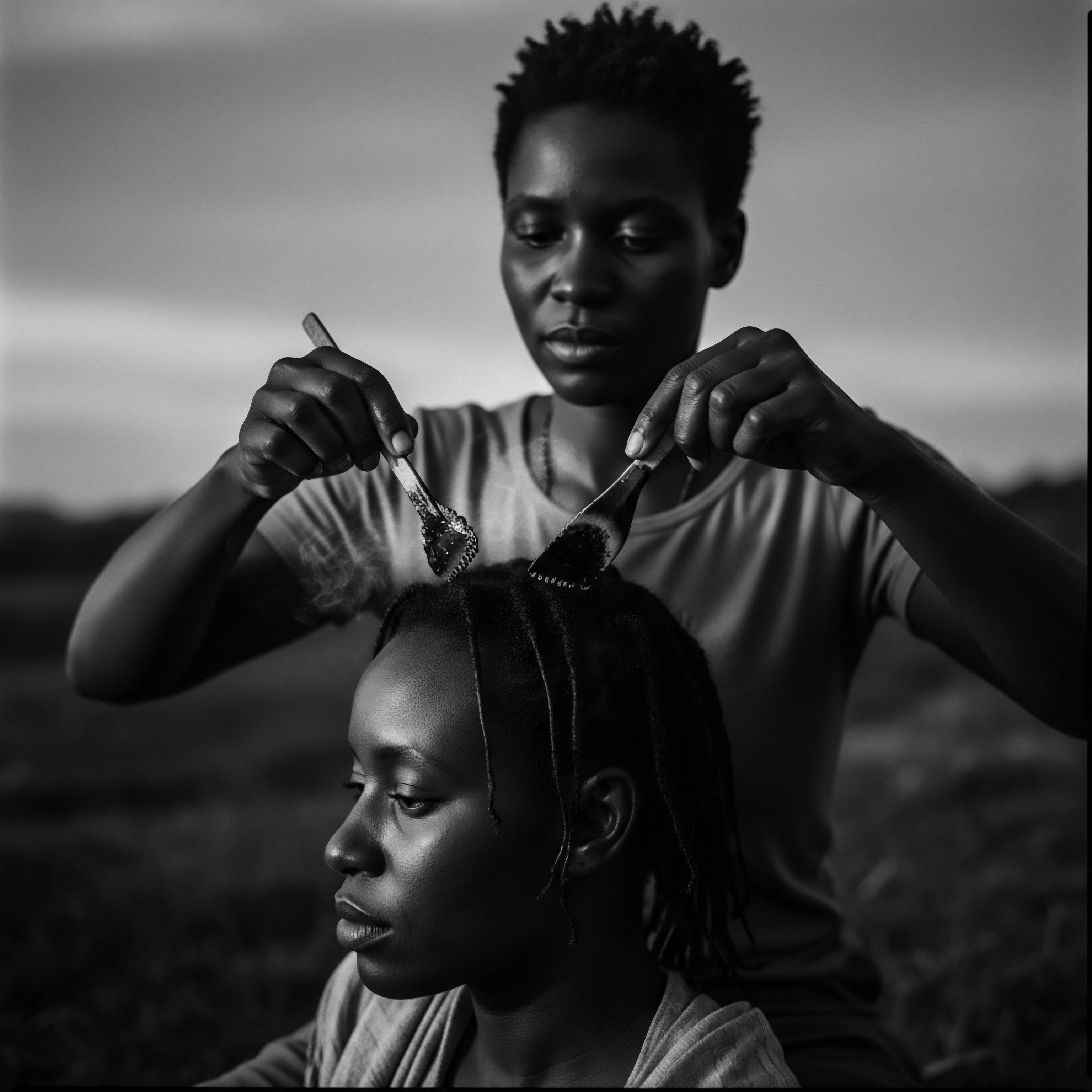
How does ancestral botanical knowledge inform modern textured hair care?
Ancestral botanical knowledge directly informs modern textured hair care through the enduring use of plant-based remedies and time-honored practices that honor hair's unique heritage.

